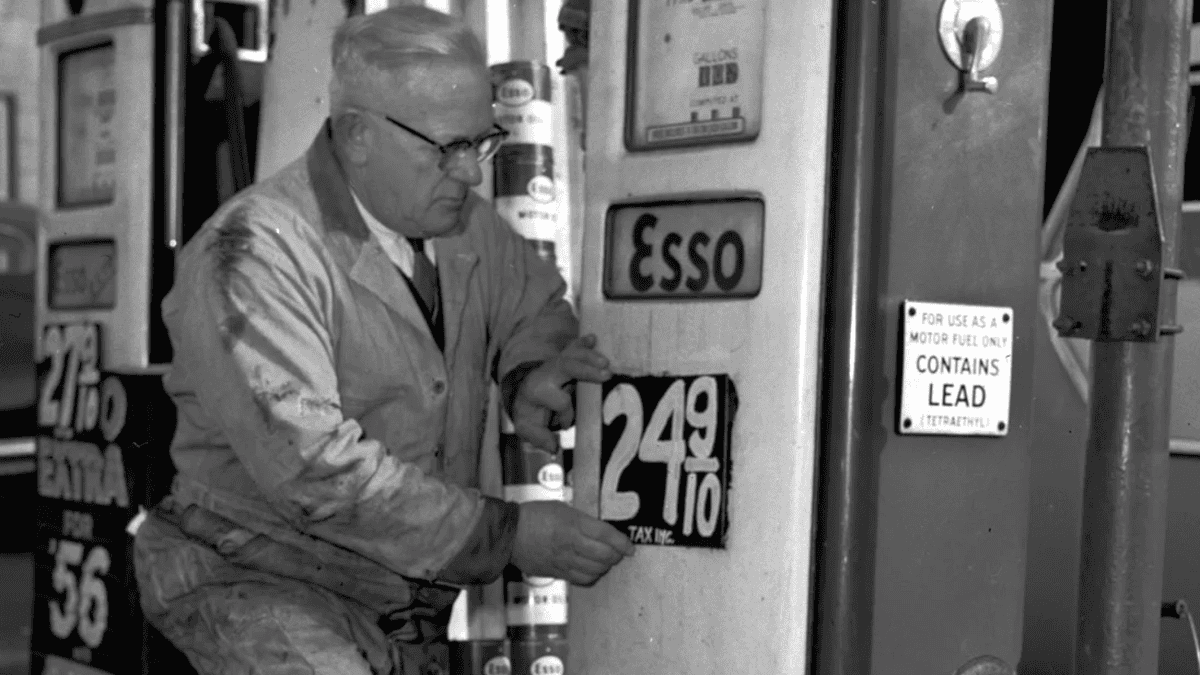Very large amounts of Iranian academic research have been refocused to advancing issues relevant to nuclear bomb detonation, the Institute for Science and International Security’s president David Albright told The Jerusalem Post on Wednesday.
This is a potentially radical paradigm shift in how close a real Iran nuclear weapons threat could become, given that until now, defense officials and analysts always said that no matter how far along the Islamic Republic was enriching uranium, there would be time to stop it from getting the bomb seeing as it had not mastered key “weapons group” activities.
Albright is not alone in sounding the alarm.
Recently, IDF Deputy Chief of Staff Maj.-Gen. Amir Baram warned the Knesset Foreign Affairs and Defense Committee of increased signs of Iranian nuclear weaponization. Further, the US’s annual intelligence estimate in July carried similar implied warnings. The IAEA has also repeatedly said that it is blind and concerned about Iranian weaponization. As for Tehran itself, Iran International just reported on Wednesday that three Iranian sources had confirmed progress concerning nuclear armament and detonation issues.
Multiple top defense officials have also expressed concern to the Post about new Iranian nuclear weaponization progress, intimating that there could be new clandestine efforts against Tehran’s recent violations.
More specifically, Albright told the Post that he will soon be coming out with a report that summarizes the analysis of over 150 Iranian “academic” papers related to computer modeling for simulations in connection with nuclear weapons as well as with neutron initiators.
“There are some weaponization matters going on under the guise of civilian undertakings. Israeli and US officials are discussing this. If you look at Iranian ‘academic’ studies related to computer modeling, their capabilities are quite significant and relevant to working on codes and simulations that you would need to perform to weaponize a nuclear bomb,” Albright explained.
Because this research has obvious dual-use purposes relating to nuclear weapons and not just civilian uses, he went so far as to say that Iran is probably violating Section T of the 2015 nuclear deal regarding weaponization.
How has Iran advanced its technology?
Moreover, he noted that Tehran has “contracted out for work to its allied universities and research centers other things which can be done that will advance” its nuclear program, including projects that have to do with neutron initiators.
According to Albright, neutron initiators carry out compression which creates a fusion reaction involving two deuteride atoms which releases a burst of neutrons. This kick-starts a chain reaction at the optimal moment.
In addition, he warned that once the academic research is completed, the actual nuclear weapons-version testing can be performed “clandestinely at a small lab. And they did a lot already during the Amad [underground nuclear weapons] plan and after it.”
Conjointly, he said that “we know from the Mossad documents that what was farmed out to academia was actually controlled by the Islamic Revolutionary Guard Corps (IRGC),” referring to Iran’s secret nuclear archives seized by the secret intelligence agency in 2018.
Another weaponization matter that Iran could be working on covertly, said Albright, is multipoint initiation. “They can do this openly and claim that this is not spherical geometry, but rather that it is rectangular geometry,” he said, explaining that the same activities can be done to advance nuclear weapons detonation.
Albright enlightened that multipoint initiation “initiates an explosive charge which compresses the core,” in the detonation process.
He added that the secret Iranian archives seized by the Mossad showed that Iran possessed blueprints of how to carry out such activities, and that the actual weaponization efforts could be easily hidden in small “civilian” facilities.
Regarding the Iran International report, the three independent sources in Iran said that the Islamic Republic has made significant progress in its nuclear program.
This included restructuring the Organization of Defensive Innovation and Research (SPND), keeping Mohammad Eslami as the head of the Atomic Energy Organization of Iran, and resuming tests to produce nuclear bomb detonators, the report noted.
For years, US intelligence agencies have maintained that Iran was not engaged in the key activities necessary to develop a testable nuclear device.
However, Avril Haines, the director of US National Intelligence, marked in the office’s 2024 report, which was released in July, that there was a shift in this assessment, noting that Iran has “undertaken activities that better position it to produce a nuclear device if it chooses to do so.”
Additionally, the Iranian Parliament recently approved a bill to restructure SPND, granting it financial independence and exempting it from the oversight of the National Audit Office, said the report. This restructuring allows SPND to operate with increased autonomy, continuing its work on nuclear detonators under the supervision of Supreme Leader Ayatollah Ali Khamenei.
On January 20, the IRGC launched a satellite using a solid-fuel, three-stage carrier, which prompted criticism from Germany, Britain, and France due to concerns over the dual use of long-range ballistic missile technology.
All of this comes against a background where Albright said that Iran could enrich enough uranium for several nuclear weapons all underground at one nuclear site at Fordow in around a month.
Although Iran has been enriching uranium to the 60% level since 2020, it only recently installed massive numbers of IR-6 centrifuges at its underground Fordow facility, which is much harder to destroy by airstrike than other facilities.
Iran International also highlighted the ongoing involvement of Saeed Borji, an explosives and metals expert associated with Iran’s Defense Ministry, in the development of nuclear detonators. Along with other key figures, Borji continues to play a crucial role in Tehran’s nuclear weapons program, which remains under the oversight of Gen. Reza Mozaffarinia, the current head of SPND.
Mozaffarina replaced IRGC Brig.-Gen. Seyyed Mahdi Farahi in September 2021 as head of the nuclear weapons program after Farahi had replaced Mohsen Fakhrizadeh, the father of Iran’s nuclear bomb program who was assassinated in November 2020, attributed by most to Israel.
While Fakhrizadeh’s killing was likely a setback to Iran’s nuclear program, the country has clearly more than recovered since.
Albright cautioned that US and world inaction and denial on the issue is reaching dangerous levels now that the Islamic Republic could potentially master both enrichment and weaponization issues in a matter of months, and certainly less than the year or two which were previously estimated as the time frame that Iran still needed to achieve these goals.







